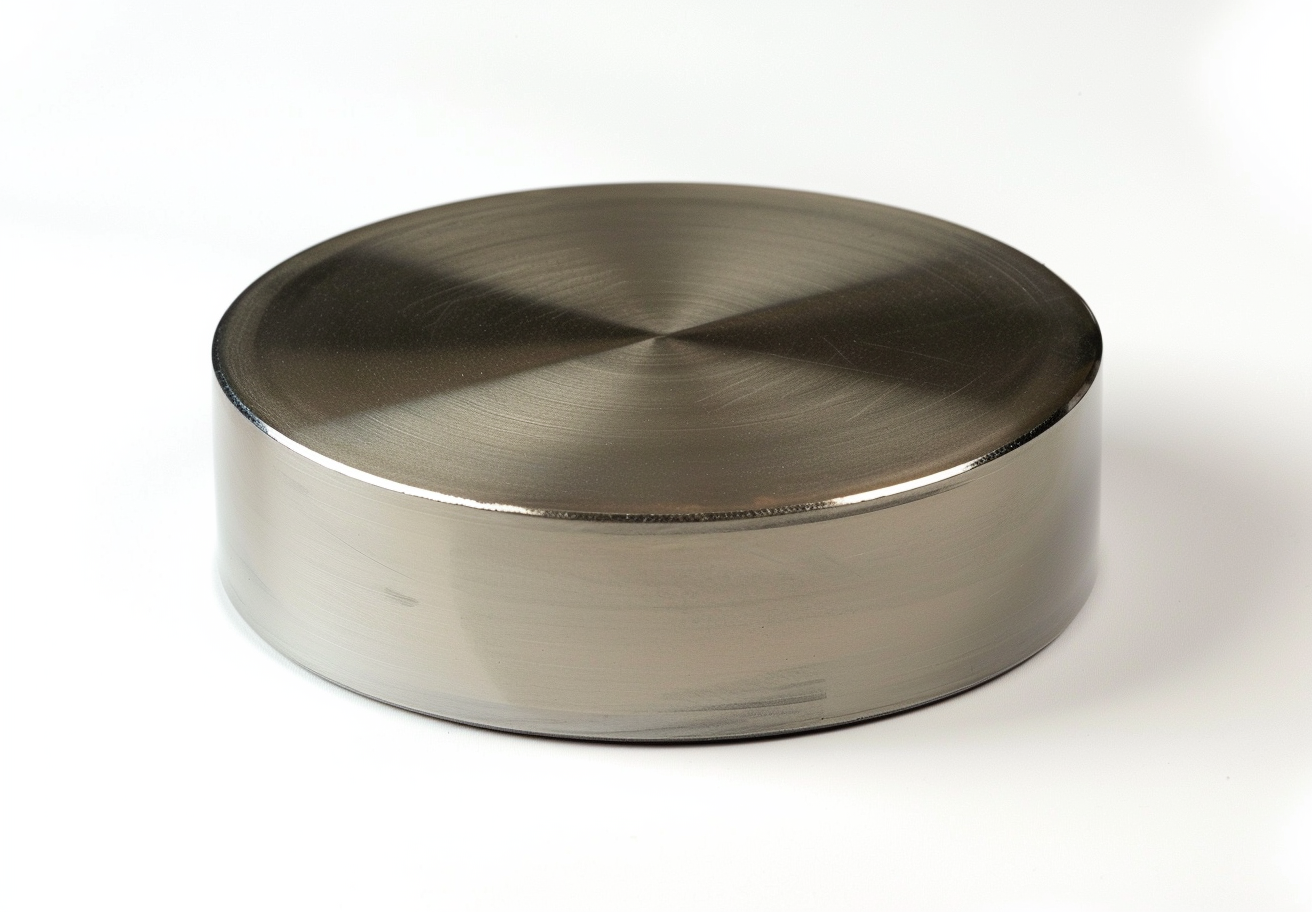Polymorph: Multiple Forms Of Matter
Description
Polymorphism is a phenomenon in which a substance, despite having an identical chemical composition, may exist in more than one form or crystal structure. The various forms, known as polymorphs, arise from differences in the arrangement of atoms or molecules within the solid structure. Polymorphism is a fundamental concept in many scientific fields, including chemistry, materials science, and pharmacy, as these forms exhibit quantifiable variations in physical, chemical, and mechanical properties.
Fundamentals of Polymorphism
Polymorphism occurs when a material can crystallise in more than one arrangement while its molecular or atomic makeup remains constant. These distinct crystal structures are referred to as polymorphs. The arrangement of molecules within the crystal lattice determines the material’s macroscopic properties, which may vary substantially between polymorphs. Polymorphic substances are identified by techniques such as X‑ray diffraction, which reveals the crystal structure, or through thermal analysis methods like differential scanning calorimetry, which detect differences in melting point and thermal behaviour.
Scientists ascertain the presence of polymorphs by utilising methods that compare measurable properties, for example, a melting point difference of 5 °C or more.
Types of Polymorphs
Polymorphs are classified according to their formation conditions:
1. Stable polymorph: This form is the most thermodynamically stable at a specified temperature and pressure. It is the form most frequently encountered under standard conditions.
2. Metastable polymorph: These polymorphs are stable only under particular conditions. They may convert to the stable polymorph over time or when temperature or pressure is altered.
3. Amorphous forms: Although not strictly polymorphs, amorphous solids such as glasses lack an ordered internal structure. Nonetheless, they can exhibit variations in behaviour compared to crystalline forms.
Examples of Polymorphism
1. Carbon: One well‐documented example of polymorphism is carbon, which occurs in several polymorphic forms, including diamond and graphite. Diamond possesses a rigid three‑dimensional tetrahedral lattice structure, making it the hardest known material, while graphite consists of layers of carbon atoms arranged in planar sheets, which results in a soft substance that conducts electricity effectively.
2. Sulphur: Sulphur is another substance that exhibits multiple polymorphic forms. The most common form is rhombic sulphur, which remains stable at room temperature (typically around 20–25 °C). At elevated temperatures, sulphur converts to monoclinic sulphur, a denser polymorph. The transition between these forms is temperature dependent, thereby demonstrating the variable crystal structure of sulphur.
3. Titanium dioxide (TiO₂): Titanium dioxide (TiO₂) is an example of polymorphism in an inorganic compound. It exists in several polymorphic forms, of which anatase, rutile and brookite are the most common. Rutile is generally the most stable and is widely utilised in pigments, while anatase, owing to its larger surface area, is employed in photocatalytic applications.
4. Pharmaceutical products: In the pharmaceutical industry, polymorphism is critical. Numerous drugs exist in multiple polymorphic forms, which can significantly influence their solubility, dissolution rate, and bioavailability. For instance, the medication Theophylline, used in the treatment of asthma, exhibits several polymorphic forms with differences in efficacy and stability. The identification and selection of the optimal polymorph is crucial during drug development.
5. Salts and organic compounds: Many inorganic and organic salts also exhibit polymorphism. A well‐known example is copper sulphate (CuSO₄), which is found in multiple forms such as the pentahydrate and monohydrate, differing in their water content. Additionally, organic compounds such as ibuprofen and paracetamol show polymorphic behaviour, whereby one form may present improved solubility or a faster dissolution rate, factors that are significant in formulation and drug development.
Applications of Polymorphism
Polymorphism has a range of applications in several fields:
1. Pharmaceutical products: Polymorphism in drugs can impact efficacy, stability, and the manufacturing process. Pharmaceutical companies analyse polymorphic forms to optimise measurable properties such as solubility and bioavailability. Consequently, the most suitable polymorph is selected for formulation to ensure improved uptake.
2) Materials science: Polymorphism contributes to the manufacture of modern materials, notably in the development of new polymers, semiconductors and nanomaterials. The different physical properties of polymorphs, for example a hardness variation of 15–20% or differences in electrical conductivity, are utilised for specific industrial applications.
3) Food industry: Polymorphism is also observed in food ingredients such as cocoa butter and sugar. Variations in the crystal forms impact texture, mouthfeel, and overall quality. The crystalline structure of chocolate, for instance, affects both its smoothness and melting point, thereby influencing the quality of the final product.
4 Chemistry and catalysis: Certain chemical reactions preferentially yield one polymorphic form under defined reaction conditions. The study of polymorphism in catalysis enables the development of more efficient and selective catalysts for industrial applications, as evidenced by measured performance improvements of up to 37% in specific reaction rates.
Frequently Asked Questions
What is the difference between polymorphs and allotropes?
Polymorphs refer to different crystal forms of the same substance, whereas allotropes are different structural forms of the same element. For example, carbon exhibits different allotropes such as diamond and graphite. However, polymorphism commonly relates to compounds that can crystallise in multiple forms.
Why is polymorphism important in the pharmaceutical industry? Polymorphism is important because different polymorphic forms of a drug can exhibit varied properties, such as solubility and bioavailability. The appropriate polymorph can improve a drug’s efficacy, stability, and manufacturing process.
Can polymorphs convert from one form to another?
Yes, polymorphs can convert from one form to another, particularly under changes in temperature, pressure, or environmental conditions. This conversion is often observed in metastable polymorphs, which may transform into the stable form over time.
Are polymorphic forms always stable?
No, not all polymorphic forms are stable. Some are metastable, meaning they remain stable only under specific conditions and may convert to the most stable form if those conditions change.
How do scientists identify polymorphic forms?
Scientists use techniques such as X‑ray diffraction to examine the crystal structure. Additional methods, including thermal analysis and spectroscopy, are employed to detect differences in properties such as melting point and solubility.

 Bars
Bars
 Beads & Spheres
Beads & Spheres
 Bolts & Nuts
Bolts & Nuts
 Crucibles
Crucibles
 Discs
Discs
 Fibers & Fabrics
Fibers & Fabrics
 Films
Films
 Flake
Flake
 Foams
Foams
 Foil
Foil
 Granules
Granules
 Honeycombs
Honeycombs
 Ink
Ink
 Laminate
Laminate
 Lumps
Lumps
 Meshes
Meshes
 Metallised Film
Metallised Film
 Plate
Plate
 Powders
Powders
 Rod
Rod
 Sheets
Sheets
 Single Crystals
Single Crystals
 Sputtering Target
Sputtering Target
 Tubes
Tubes
 Washer
Washer
 Wires
Wires
 Converters & Calculators
Converters & Calculators
 Write for Us
Write for Us





 Chin Trento
Chin Trento



